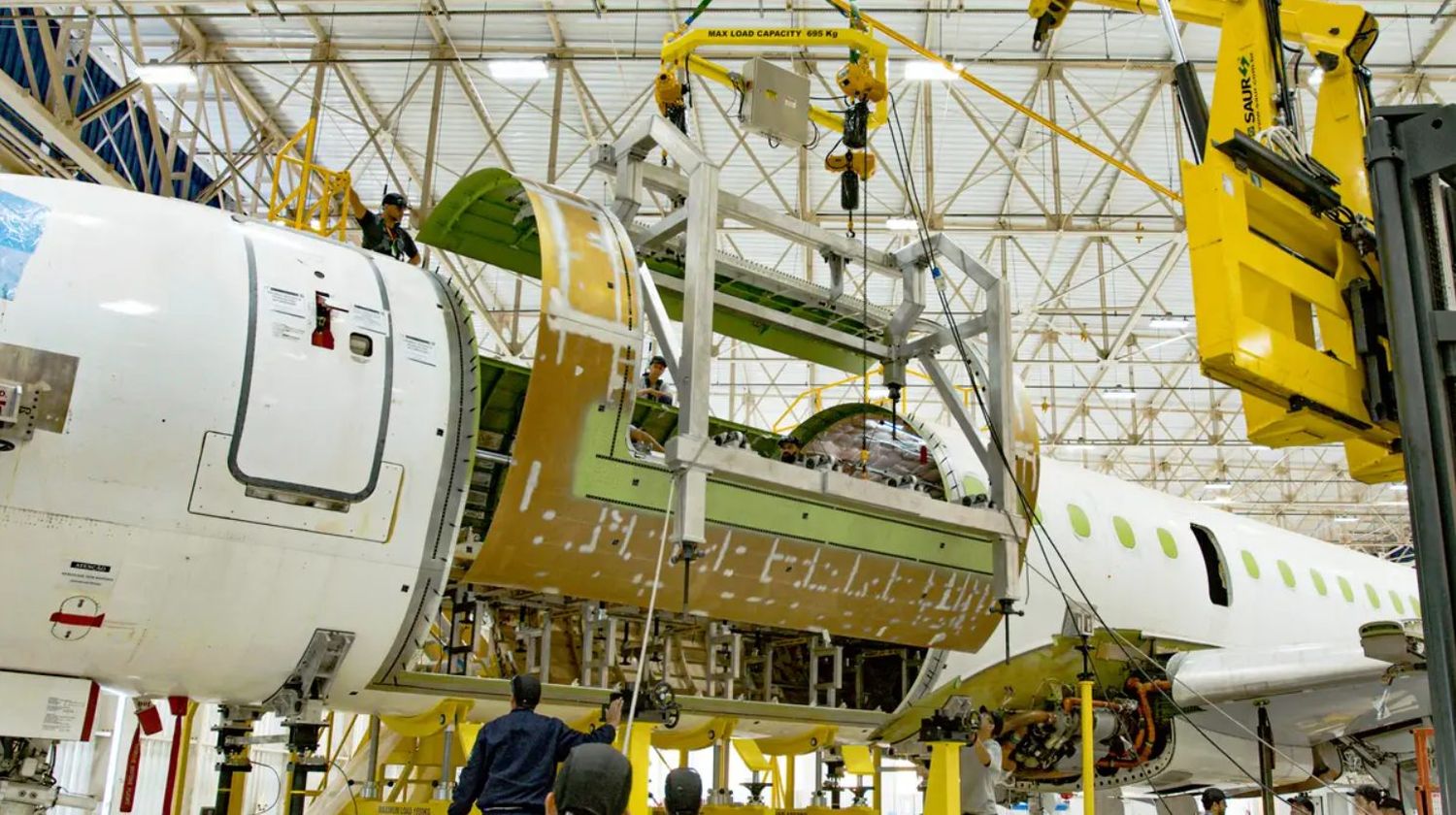FAA and ANAC Simplify Aircraft Certification Processes Through Bilateral Agreement
As part of an ongoing effort to enhance aviation safety and streamline certification processes, the Federal Aviation Administration (FAA) of the United States and Brazil’s National Civil Aviation Agency (ANAC) have implemented new airworthiness procedures under the Bilateral Aviation Safety Agreement (BASA). These Implementation Procedures will come into effect on October 1, 2024, replacing previous versions established in 2006 and subsequent amendments.
The agreement enables mutual recognition of aircraft design approval, production activities, and airworthiness certification between the two countries, allowing for more efficient import and export of civil aeronautical products.
According to the FAA and ANAC, the core principle of the agreement is reciprocal confidence in each agency’s certification systems. This means that certifications issued by one authority will be recognized as valid by the other without duplicating evaluations or inspections. As detailed in the agreement, both agencies will rely on their respective systems to approve the airworthiness and environmental compliance of aircraft, significantly reducing the administrative workload for companies in both countries.
“The FAA and ANAC are committed to eliminating duplication of work,” the document states, adding that findings made by either authority will have the same validity in the other jurisdiction.
Streamlined Procedures for Maintenance and Design
These new procedures cover all aspects of aviation safety, including design approval, production activities, and post-design approval support. Civil aeronautical products that meet the FAA’s or ANAC’s standards can be imported into Brazil or the U.S. under these simplified procedures, making it easier for manufacturers to operate in both markets.
The delegation systems in both countries will be mutually recognized for the first time. This includes acknowledging compliance findings from authorized representatives or designees, which will facilitate faster compliance and testing processes.
The agreement calls for continuous communication between the two authorities. While the FAA and ANAC may occasionally allow direct interaction with non-governmental designees or representatives, the agencies will notify each other when tests or inspections are planned. All communications and technical documentation between the two countries will be in English to ensure clarity and accuracy.
These updates align with the FAA and ANAC’s shared goal of maintaining high aviation safety standards while ensuring efficient regulatory processes.


Comentarios
Para comentar, debés estar registrado
Por favor, iniciá sesión